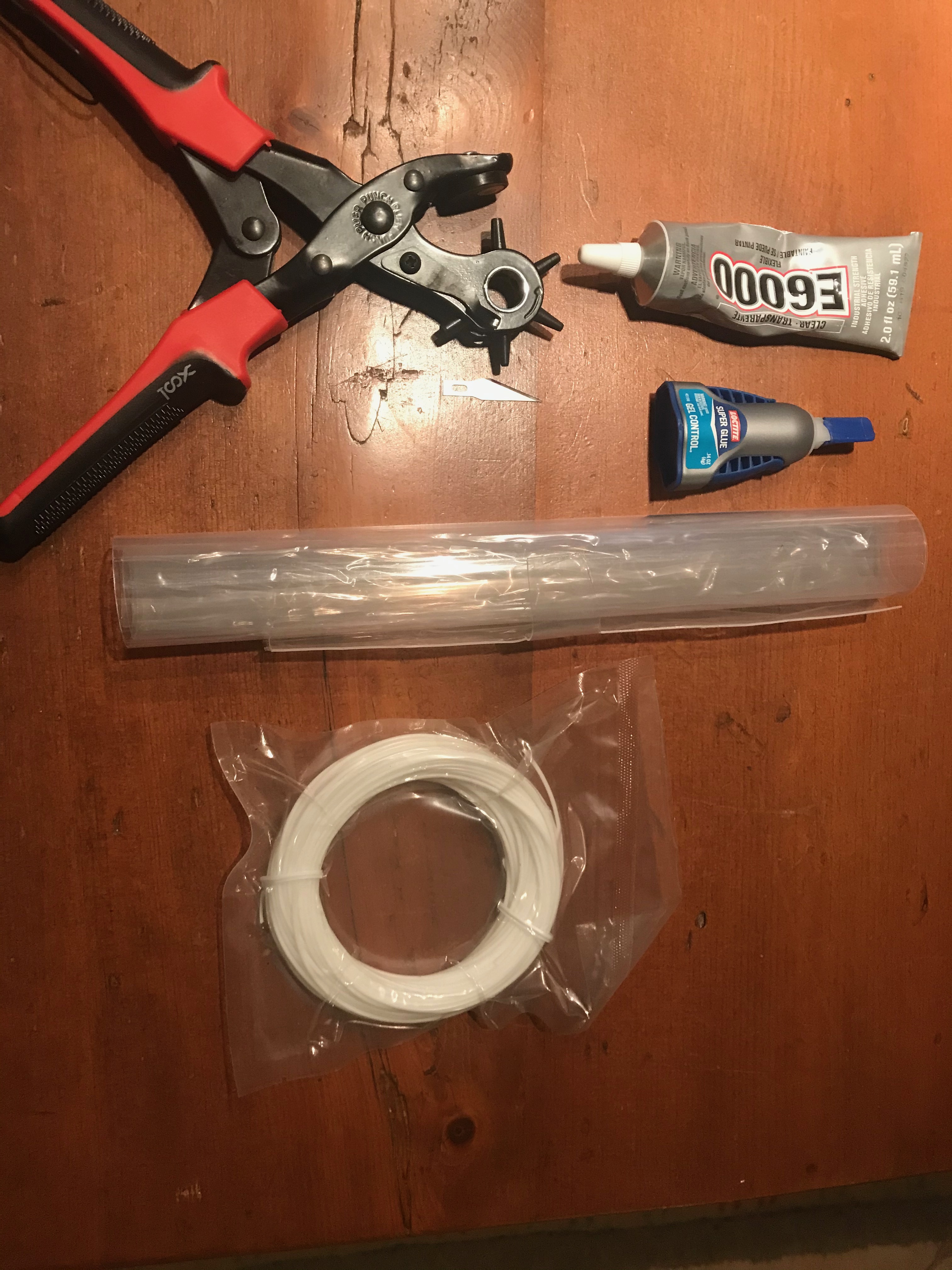3D Print Ventilator Valves
by rabbitcreek in Workshop > 3D Printing
3834 Views, 7 Favorites, 0 Comments
3D Print Ventilator Valves



All of the designs of Ventilation systems require the use of one-way valves to control the air flow in the respiratory circuit. My recent designs for valved snorkels https://www.instructables.com/id/3D-Printed-Snorke... involved the use of silicon disc based valves to control the flow of air. To possibly help with the current crop of home-brewed respirators/ventilators that are being designed for the COVID - 19 pandemic I adapted the valve design to for use in a Ventilator. I have included all the design files as well as the STL files. If you have Fusion 360 you can adapt the basic design to different tube diameters. The only things you need are a cheap 3D printer with PLA (Ender-3) and some silicon sheet. One printer can produce 30 valves in about a day.
The real interesting question is the origin of the one-way valve. A great website: https://www.howequipmentworks.com/da_vinci_diving/ reveals its origin may be over 500 years old in the original notebooks of Leonardo Da Vinci! The illustrations are amazing and I will include a couple of his notable drawings in this Instructable. He was trying before we even had knowledge of what it means to exhale and inhale to separate the "hot" and "cold" varieties of breath in a twin tubed snorkel!
Gather Your Materials


Any 3D printer will do. I used clear PLA for the base material.
1. Silicone Film High Temp Thin Rubber Sheet Gasket Super Clear Flexible 12x19.7 x1/32 inch $16--enough for about 70 valves.
2. Hole punch 3.5 mm $10
3. E6000 glue
4. Loctite Superglue
Design and 3D Print



The design was done in Fusion 360. The valves dimensions were taken from the ventilator tube 22mm OD and 15mm ID. The length of the ends was 16mm. The size of the silicon opening and the opening holes was made about 45mm diameter. This is usually large enough to preclude any limitation in air movement through the system. You can adapt any of these measurements for use in your project very easily and I have included the original Fusion 360 design file for adaptation.
The design seems resilient and immune to large amounts of back pressure if this developed in the system. It has held up in salt water for about two months with no signs of deterioration so it should last through a couple thousand air cycles.
All files can be printed without support at 40% infill and 0.2mm. The slicing was done with CURA with standard Ender-3 settings.
Build It







The valves are quickly put together with glue and a bit of hand work. The valves are in two parts: (1)Input valve with included valve plate (2) Output valve. The other parts are the stem which holds the silicon disc in place and a printed cutting disc to enable you to cut the silicon sheet to exact size and correctly position the centering hole. The cutting disc is positioned over a slightly larger square of silicon sheet that has had its protective covers taken off of both sides. A 11 surgical blade is used to carefully outline the cutting disc until it is free 360 degrees. A pen is used to mark the central hole in the cutting disc. A 3.5 mm punch is used to center punch the silicon disc you have cut. The silicon valve disc is placed over the centering hole in the Input valve bottom and the pin portion of the stem is painted with a small amount of Loctite Superglue and pushed into the centering hole to seal the silicon disc into position. Hold this for about 30 seconds to lock it into position. The two halves of the valve are then pushed together and sealed in the periphery with E6000 which is waterproof and dries in about 12 hours. Be very careful not to get excess E6000 on the silicon valve leaflet on the inside which must be free to lift off its base plate. The arrows on the outside of the design designate the direction of airflow.
Using It





Good luck to all of us in this difficult time. I don't know if any of these designs will be helpful in the eventual vanquishing of this plaque but it is wonderful to see the internet come alive with bright minds working together to solve mutual problems. PLA plastic is sensitive to heat deformation so reuse and sterilization must be done by the STERIS Hydrogen Peroxide method--tests have shown that it does not deform the plastic. Leonardo was worried that his designs would fall into the wrong hands and result in a terrible calamity of water-borne soldiers destroying ships in his home port. My worry of course is this design will cause more problems than help so I will leave you with the warning that this design is not suitable for human use unless tested and approved by an appropriate level of investigative care.